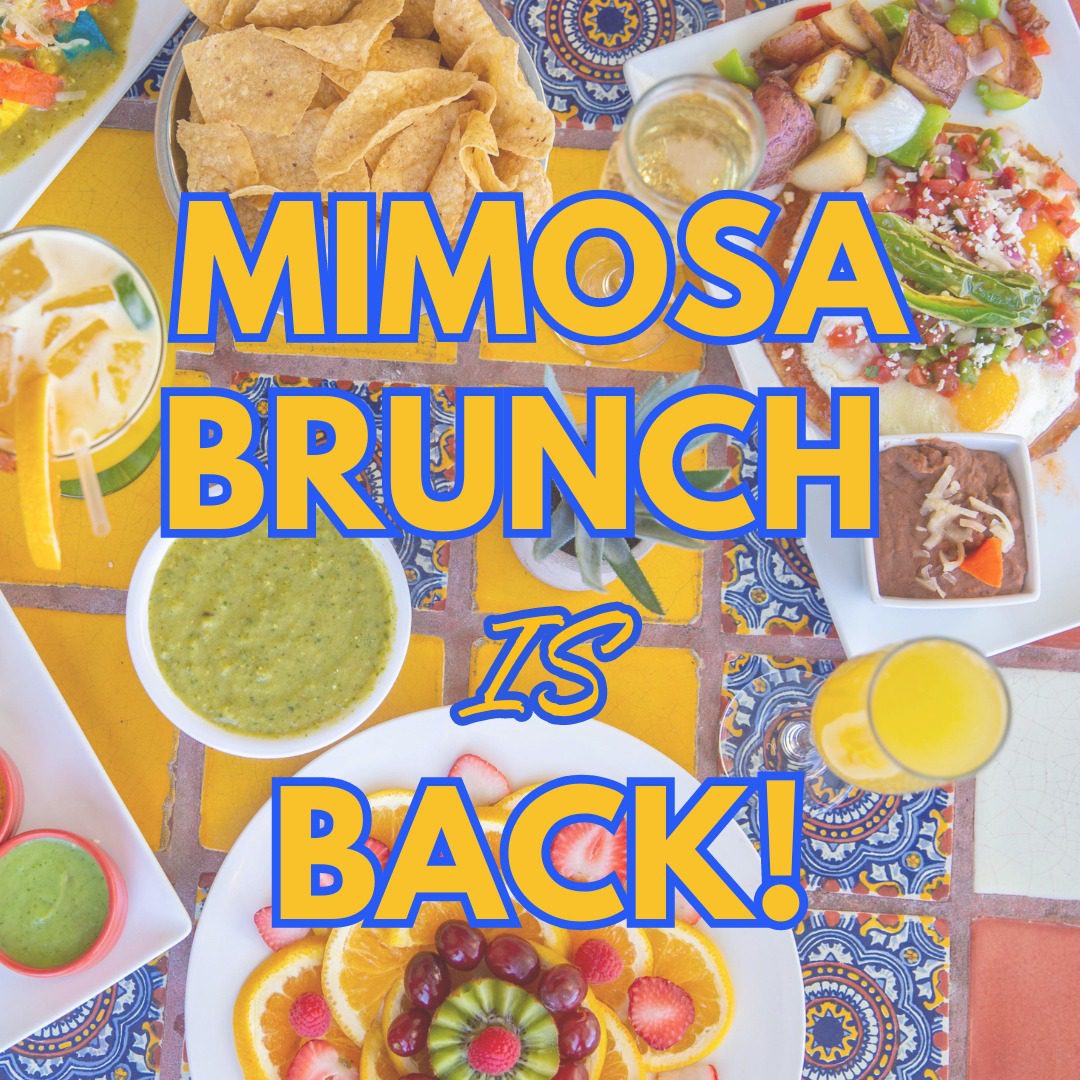Even if you don’t speak Spanish, chances are, you can pronounce and understand a few Spanish words and phrases. And this can be handy when you’re ordering a meal in a Tex-Mex restaurant. After all, you don’t have to know exactly what “pico de gallo” means to know that it’s delicious and you’d like to order a bowl of it! But have you ever wondered how some of these foods got their names?
Here are the backstories for three Tex-Mex favorites. Try not to get too hungry while you’re reading about them!
Margarita
“Margarita” is a girl’s name; it’s the Spanish equivalent of “Margaret” or “Marjorie.” Margarita can mean either “pearl” or “daisy,” but those two meanings have nothing to do with the margarita cocktail. Instead, the beverage was named after a specific woman who went by “Margarita.” History’s not quite clear on which one, though.
Popular Theory #1 states that the drink was inspired by a showgirl named Marjorie King, who was allergic to most kinds of liquor but could stomach tequila. She couldn’t stand to drink it straight, though, so a bartender named Danny Herrera at the Rancho La Gloria restaurant in Baja California began experimenting with different drink blends. In 1938, Herrera presented King with a cocktail made from white tequila, Cointreau and lemon juice, which he served in a salt-rimmed glass. King was reportedly delighted by the drink and Herrera dubbed it “a Margarita” in her honor.
Popular Theory #2 states that the margarita was invented in 1941 by bartender Don Carlos Orozco at Hussong's Cantina in Ensenada, Mexico. Orcozo was playing around with tequila blends when Margarita Henkel, the daughter of the German ambassador to Mexico, wandered into the bar and asked for a drink. Orcozo let her sample his latest concoction, which consisted of tequila, Controy and lime, all served in a glass with a salted rim. As Henkel was the first person to try it, Orcozo named it after her.
Other theories point to Dallas socialite Margaret “Margarita” Sames, actress Rita Hayworth (birth name Margarita Cansino) and singer Margaret “Peggy” Lee all being the namesakes of this beverage. We’ll probably never know the true identity of the original Margarita, but whoever she was, she had excellent taste in cocktails!
Pico de Gallo
Literally translated, “pico de gallo” means “beak of the rooster.” Considering that this salsa variation contains no chicken, its name may seem odd or unfitting. Sure, pico de gallo is usually green, white and red in color, and so are many roosters—but a lot of different things in the world (including the Mexican flag) are green, white and red. Why name the food after roosters specifically?
Here’s one possible explanation: it has to do with the flavor of the dish. The Spanish word “pico” means “beak” or “sharp point.” Meanwhile, the word “picante” means “spicy,” and it specifically refers to the prickling, poking sensation that spicy foods often subject our tongues to. Depending on the recipe, pico de gallo can either be pretty mild or noticeably spicy—just as roosters can be fairly laid back or extremely aggressive and territorial. So, when you eat pico de gallo, you may just feel a little “nip” on your tongue, like a rooster bit you…or you may feel an almost painful stabbing sensation, like the rooster won’t stop pecking you!
“Nachos”
Like Margarita, the word “Nacho” is actually based on a person’s name. It’s a common diminutive form for the boy’s name “Ignacio,” similar to how American kids named “William” are frequently called “Bill” or “Billy.”
The story goes that in 1943, Ignacio "Nacho" Anaya was the maître d'hôtel of the Victory Club in Piedras Negras, Mexico—just across the border from Fort Duncan in Eagle Pass, Texas. One day, a group of soldiers’ wives who lived on the base came into Piedras Negras for some shopping, and they stopped at the Victory Club for dinner after the kitchen had closed for the night. Anaya, who was not about to let the group leave hungry, went into the kitchen to see what he could throw together for them quickly and easily. He ended up topping some freshly made tortilla chips with shredded cheese and sliced jalapeño peppers—simple, but filling and very delicious! When the impressed group asked him what he called his creation, he simply answered “Nacho’s especiales.”
The dish was a hit, and over time, “Nacho’s Specials” became “Special Nachos,” and eventually just “nachos.” Today, nachos can be made with a huge variety of toppings and nearly every Tex-Mex restaurant has their own special recipe for it!
■■■
Though it’s fun to explore the origin stories of certain foods, it’s worth mentioning that these tales should all be taken with a grain of salt. Though Ignacio Anaya is almost certainly the actual inventor of nachos, more than one person has claimed to be the “true” creator of (or inspiration for) the margarita, and there are probably several different theories as to how, exactly, pico de gallo got its name. At the end of the day, the name of a Tex-Mex dish isn’t nearly as important as how great it tastes…and learning a food’s history can usually take a backseat to enjoying it in the present!





